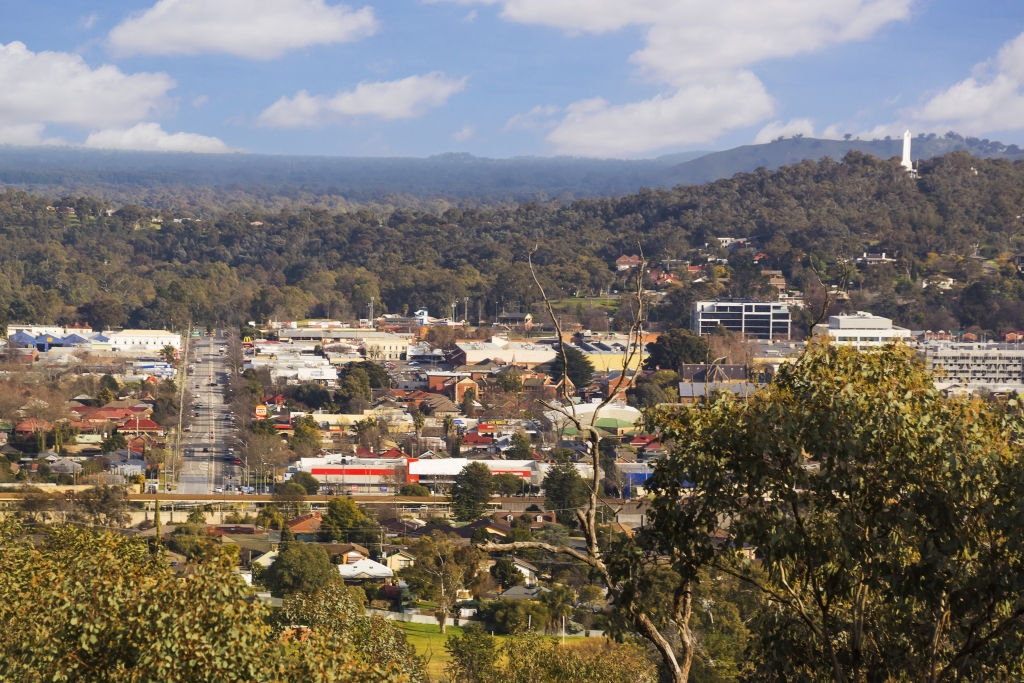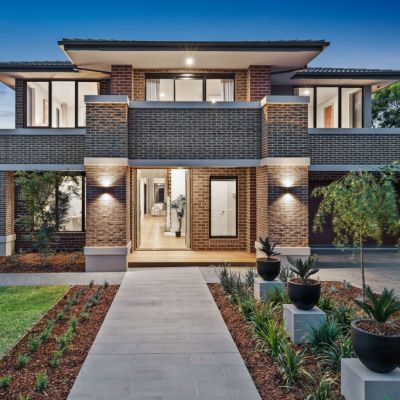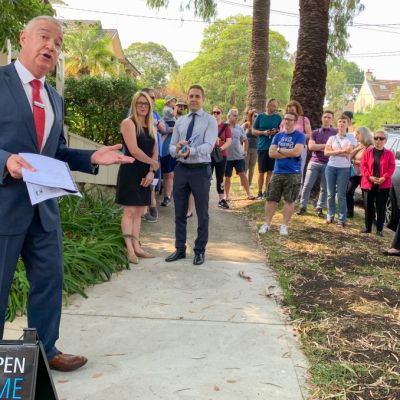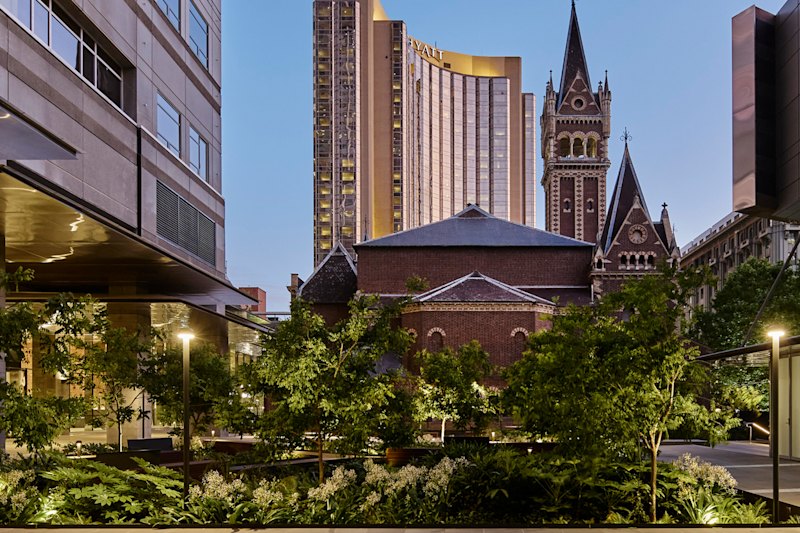Nearly half of investors plan on buying property interstate next year: survey
Nearly half of investors plan to buy a property interstate in the next year, which experts say shows investors are becoming more willing to step outside their comfort zones to get the best results.
Buyers often felt more comfortable investing near where they already lived, but it wasn’t always the best investment decision, Property Investment Professionals of Australia chairman Peter Koulizos said.
“Borderless investing” was welcomed by 45 per cent of investors in a recent survey by the body.
“Over time, with a greater presence of real estate on the internet, it’s not as scary to buy outside your backyard,” Mr Koulizos said. “And the emergence of buyer’s agents has meant there’s a trusted person to buy it for you.”

It was often hard for interstate buyers to take the leap, buyers’ advocates said.
“They can be apprehensive about it. A lot of the time it’s about familiarity,” Wakelin Property Advisory director Jarrod McCabe said. “They know what they know. They tend to focus on their own suburb.
“If you’re doing it yourself, I can understand the logic. You’re better doing that than going off somewhere else and trying to learn a new market.”
Propertybuyer chief executive Rich Harvey, however, said an investor’s own neighbourhood was not always the best option for their next purchase.
“They need to be comfortable investing outside of their own backyard and their comfort zone because their own backyard won’t be the best place for growth over the next few years,” he said. “Investors say, ‘we should buy in the next suburb over so we can drive by the property to keep an eye on it,’ but you should be paying a property manager to do that anyway.”

Propertyology managing director Simon Pressley said a smart investor always considered as many options as possible.
“Including our eight capital cities, there are 185 individual towns that have a population of 10,000 or more,” he said. “If you just say I’m going to consider one suburb in my home town, you’re going to consider just one of 185 towns.
“You’ve got to review 100 per cent of your options.”
Buyers’ willingness to purchase outside of their patch could also be out of necessity in some cases, Mr Koulizos said.
“It’s hard enough to buy your own house in Sydney or Melbourne, so to come up with the money for an investment property is hard,” he said. “You can buy in Hobart or Adelaide and the same distance from the city that you already are, for half the price.”
Another investment practice on the rise out of necessity was rentvesting, with more than a third of first-time investors surveyed saying they were making use of the unconventional living arrangement and 63 per cent of investors surveyed willing to give it a try.
“There’s a lot of younger people now who choose to live where they want to live through renting, but they will buy an investment property somewhere else,” said Mr Koulizos. “Now that lifestyle is more important than it used to be, people are now willing to forsake buying a house where they want to live, but they’ll buy a more affordable property in a different area.”
The survey of 1192 respondents was conducted online in August and September.
We recommend
We thought you might like
States
Capital Cities
Capital Cities - Rentals
Popular Areas
Allhomes
More









